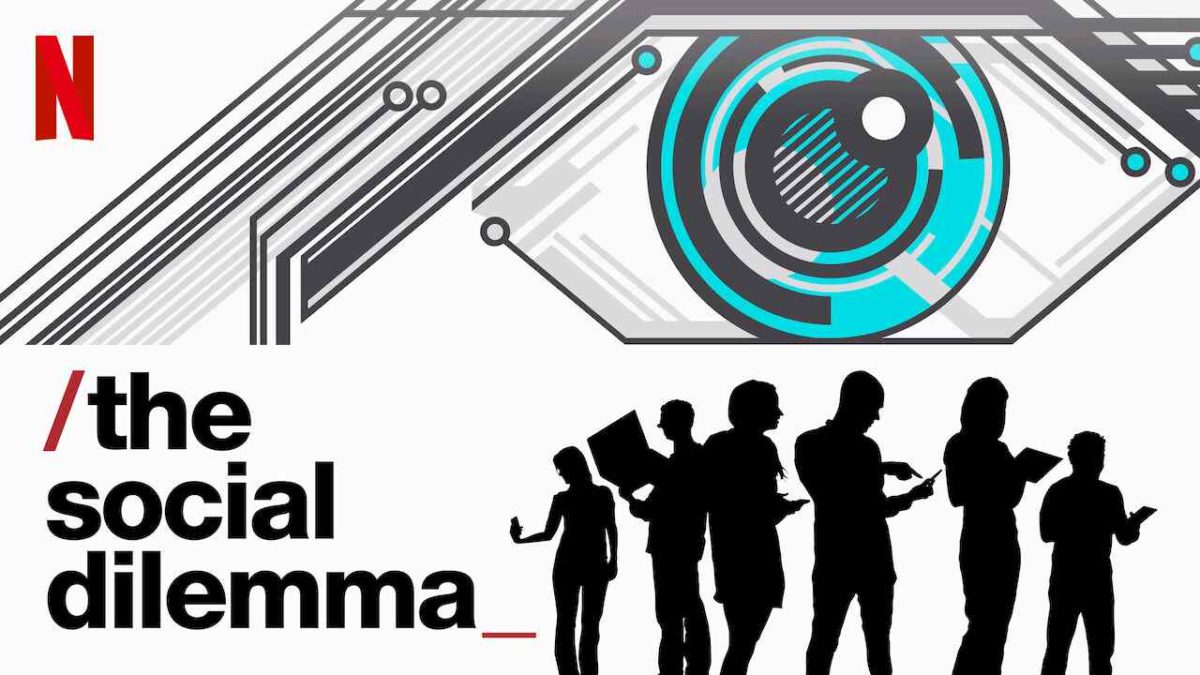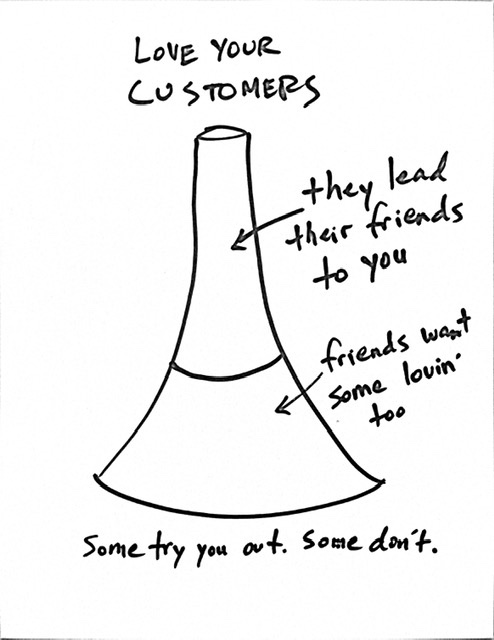The coronavirus pandemic has accelerated trends that were building for years by forcing large swaths of the population to work from home and shop online. And many obscure companies are taking off, driven by investors who expect them to flourish in an economy whose future arrived ahead of schedule.
“When it comes to remote work in particular, the past 10 weeks have seen more changes than we’ve seen in the previous 20 years”
Erik Brynjolfsson
Erik Brynjofsson co-wrote the seminal The Second Machine Age in 2014 – he is a keen observer of this trend.
Surveys conducted by Mr. Brynjolfsson and economists at the Massachusetts Institute of Technology found that the share of Americans working from home jumped to about 50 percent this year, from around 15 percent before the pandemic.
The article describes companies whose stocks have risen much faster than the overall tech-dominated NASDAQ index:
Fastly is up more than 310 percent this year. Zscaler is up over 180 percent. Chegg and Veeva are up 75 percent and 90 percent. In a tech universe dominated by Apple, Amazon, Microsoft and Google, the share prices of little companies you’ve probably never heard of are soaring… Zoom — the suddenly ubiquitous video conferencing service — has been an investor darling, up close to 500 percent this year as workplaces shut down. Peloton, the home video cycling company, is up almost 200 percent amid widespread gym closures… [Docusign’s] shares are up 166 percent this year.
My own US stock portfolio are based on a similar thesis, and have seen similar performances this year. My qualifying criteria for companies are the following (as with things like this they are perennially a work in progress):
- B2B companies enabling
~ Remote working
~ At-home lifestyle
~ Small business commerce
~ Internet infrastructure - Dominant in one of above categories
- Low political risk domestic (US) and international
- Resilient during the March-April 2020 crash
- A business I understand
Some companies in my portfolio:
A. Companies other than ones mentioned in the article:
~ Atlassian
~ Cloudflare
~ Twilio
~ Nvidia
~ Wix
B. Companies also mentioned in the NYT article:
~ Shopify
~ Docusign
~ Peloton
~ Fastly
C. Companies that are Big Tech but fall within my thesis
~ Amazon (because of AWS)
~ Microsoft (Office, Teams, Github, Azure)
~ Apple (iPad, Macbooks)



